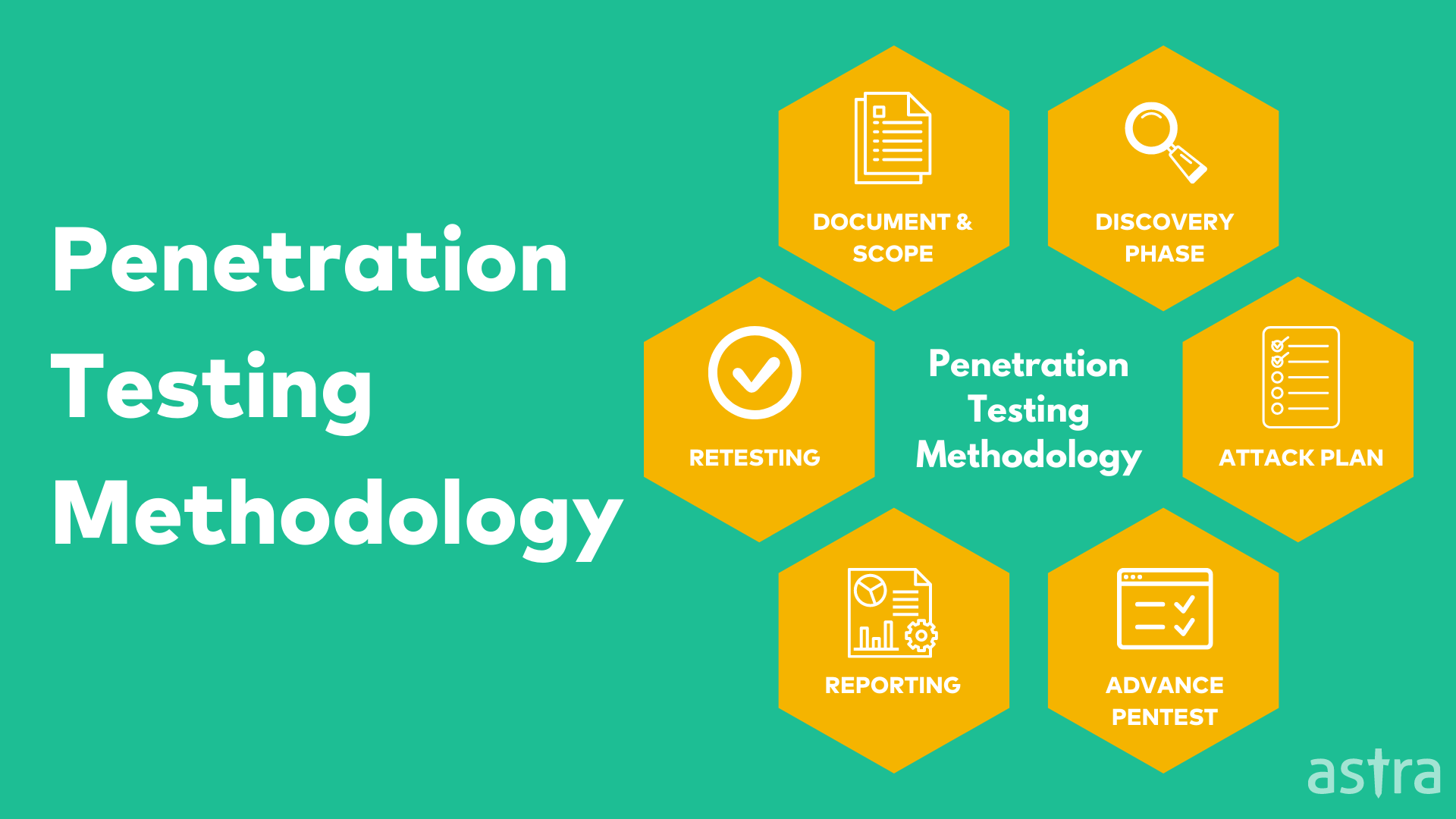Penetration Testing Methods

Penetration testing, also known as ethical hacking, involves simulating various cyberattacks to identify and address security vulnerabilities in a system, network, or application. Different methods and approaches are used during penetration testing to comprehensively assess an organization's security. Here are some common penetration testing methods:
1. Black Box Testing:
- Description: In black box testing, the penetration tester has little to no prior knowledge of the target system. This method simulates an external attacker with limited information.
- Advantages:
- Mimics real-world scenarios where attackers have minimal information.
- Provides a perspective on how an external attacker might approach the system.
- Disadvantages:
- Limited understanding of the internal architecture and configurations may result in less efficient testing.
2. White Box Testing:
- Description: In white box testing, the penetration tester has full knowledge of the internal workings, architecture, and configurations of the target system. This method simulates an insider threat or an attacker with detailed information.
- Advantages:
- Allows for a more thorough assessment, including code reviews and in-depth analysis.
- Provides a comprehensive view of the system's security posture.
- Disadvantages:
- May not accurately represent the perspective of an external attacker.
3. Gray Box Testing:
- Description: Gray box testing combines elements of both black box and white box testing. The tester has partial knowledge of the target system, simulating a scenario where some information is available to the attacker.
- Advantages:
- Balances the realism of black box testing with the depth of analysis in white box testing.
- Mimics scenarios where attackers have gained partial access or information.
- Disadvantages:
- May not precisely represent the mindset of an attacker with limited information.
4. Automated Testing:
- Description: Automated tools are used to scan, identify, and exploit vulnerabilities automatically. These tools can include vulnerability scanners, exploit frameworks, and other automated scripts.
- Advantages:
- Efficient for identifying common vulnerabilities across large networks or applications.
- Saves time and resources compared to manual testing for routine assessments.
- Disadvantages:
- May generate false positives or miss certain nuanced vulnerabilities.
- Limited in its ability to identify complex or novel security issues.
5. Manual Testing:
- Description: Human testers use their skills, experience, and creativity to manually identify and exploit vulnerabilities. This method involves a more in-depth and thorough examination of the target.
- Advantages:
- Allows for a nuanced understanding of the target environment.
- Effective in identifying complex or non-standard vulnerabilities.
- Disadvantages:
- Can be time-consuming, especially for large and complex systems.
- Relies heavily on the expertise and experience of the tester.
6. Social Engineering:
- Description: Simulates attacks that exploit human psychology to gain access to information or systems. Techniques include phishing, pretexting, and impersonation.
- Advantages:
- Assesses the human factor in security.
- Identifies weaknesses in employee awareness and training.
- Disadvantages:
- Success depends on the susceptibility of individuals to social engineering tactics.
- Ethical considerations and potential for psychological impact on employees.
7. Red Team Testing:
- Description: A comprehensive simulation of a cyberattack, often without the knowledge of the defenders. The red team attempts to compromise the target's systems and achieve specific objectives.
- Advantages:
- Provides a holistic evaluation of an organization's security posture.
- Tests detection and response capabilities.
- Disadvantages:
- Requires careful coordination and communication to avoid disruptions.
- May be resource-intensive.
These penetration testing methods can be applied individually or in combination, depending on the goals, scope, and specific requirements of the testing engagement. The choice of method often depends on the context, the level of detail needed, and the nature of the target environment.
Thank you.
